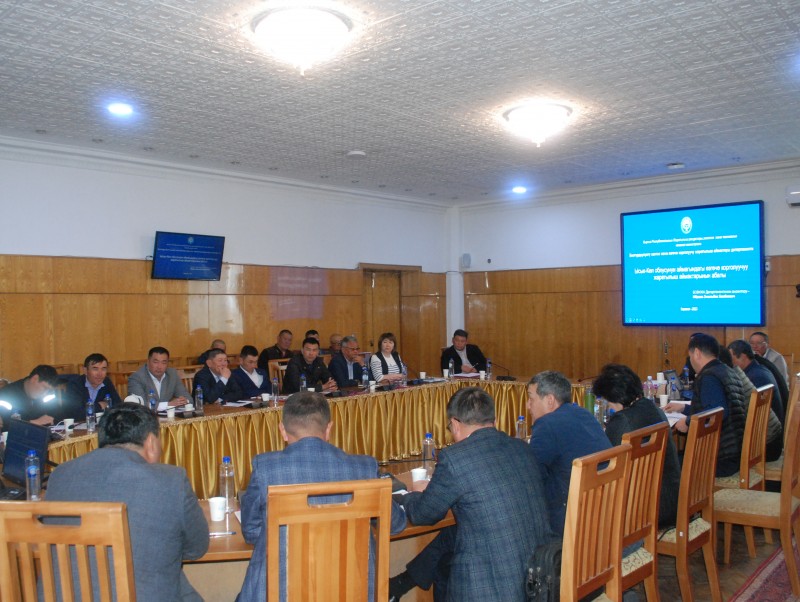
The PF "CAMP Alatoo" organized a discussion on biodiversity conservation in the territory of the Khan-Teniri State Nature Park and the Naryn State Nature Reserve. These Protected Areas (PAs), located in the Issyk-Kul and Naryn regions, are part of the pilot area of the regional project "Adaptation of Mammals to Climate Change in Central Asia" (AMICA). СAMP Alatoo is working on this initiative in Kyrgyzstan.
The event, held in the city of Karakol, involved around 30 representatives from the state administration of the Issyk-Kul region, the Department of Biodiversity Conservation and PAs of the Ministry of Natural Resources, Ecology, and Technical Supervision of the Kyrgyz Republic, the Khan-Teniri State Nature Park, the Naryn State Nature Reserve, local authorities, forestry enterprises, pasture committees, and NGOs.
During the meeting, it was emphasized that all stakeholders, including government bodies, local authorities, communities, should be involved in biodiversity conservation and adopt a format of joint/integrated resource management.
As explained by Emil Ibraev, the head of the Department of Biodiversity Conservation and PAs at the Ministry of Industry and Natural Resources of the Kyrgyz Republic, one of the problems in the Issyk-Kul region is the "threat of losing fauna and flora, including endemic and particularly valuable species, which constitute the biological diversity of the local natural environment." Factors influencing biodiversity, according to experts, include poaching, increasing livestock populations, and the consequences of climate change. According to Zairbek Kubanychbekov, the head of the Ilbirs Foundation, the most frequent cases of illegal hunting of snow leopards occur when the predator kills livestock or its skin becomes a valuable commodity. The habitat alteration of the snow leopard is also influenced by the actions of mining companies, railways, and the decline in its primary prey—ibex and mountain goats. The habitat of these animals is occupied by domestic livestock, and guarding dogs repel mammals, forcing them to retreat to cliffs. Such human behavior in the wild forces animals to migrate to high mountain areas or neighboring countries. However, even during their migration to other areas, mammals encounter natural and artificial barriers that hinder their movement. "These can be landscapes, high-mountain systems, and such man-made objects as canals, roads, transportation routes," noted Tynymseyit Zhusumambetov, the chief specialist of the Department of Biodiversity Conservation and PAs at the Ministry of Nature of the Kyrgyz Republic.
Experts expressed confidence that the situation can be changed through preserving biodiversity and natural complexes, creating favorable "landscape and forage" conditions for animals and plants. As stated by Askar Davletbakov, a representative of the Academy of Sciences of the Kyrgyz Republic, "migration routes and ecological corridors are formed to ensure spatial connectivity between specially protected natural areas and other elements of the ecological network in order to preserve objects of the state nature reserve fund and biological diversity." The scientist presented preliminary migration route maps that pass through the Khan-Teniri Park, the Sarychat-Ertash Reserves, the Naryn Reserve, the Chon Jargylchak Sanctuary, and the public micro-reserve "Baibosun," as well as through summer pastures belonging to nine Ayil Aimaks (administrative units).
The issue of using pastures for migration routes directly concerns local livestock breeders, shepherds, and forestry employees. "To eliminate the risk of conflict situations due to grazing restrictions during the protection regime, all stakeholders should deeply study this issue, develop detailed maps indicating the boundaries of pasture areas located along the migration route. Therefore, the task of CAMP Alatoo is to help all participants in this process reconcile positions, find optimal solutions, and prepare necessary documents," said Azamat Usupbekov, a project specialist at CAMP Alatoo.
One of the outcomes of the discussion was the decision to establish a working group composed of representatives from government agencies such as the Ministry of Nature, Ministry of Culture, regional administration, pasture committees, PAs, and forestry enterprises.
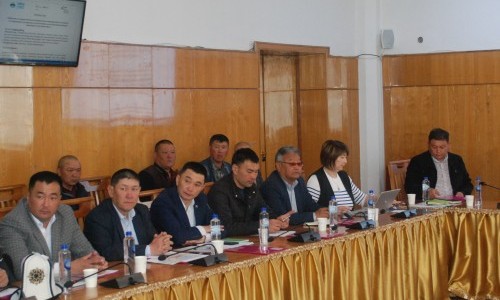
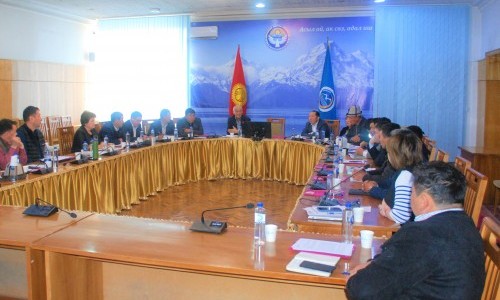
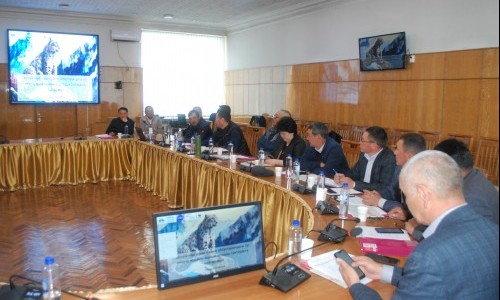
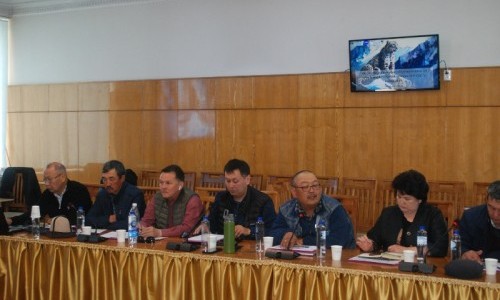
Итоги пастбищного сезона 2018 года были подведены на очередном заседании районной пастбищной комиссии (РПК).
MoreThe development of the unified method, "Monitoring Pastures at the Local Level," is nearing completion.
MoreЧетыре новых моста построены в 2018 году в Кыргызстане при поддержке ОФ “CAMP Алатоо” и Швейцарской ассоциации “Памирские...
More